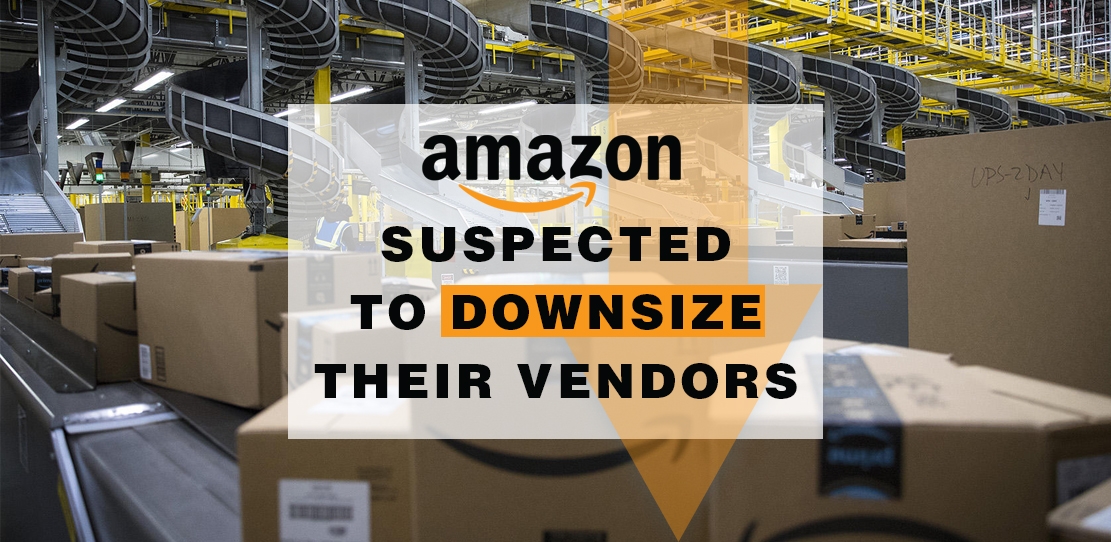
Amazon.com stopped orders from thousands of vendors two months ago with no statement. A few weeks later everything went back to normal. But this left sellers in a state of alarm and confusion. A slight explanation was rumored that the recess occurred in the hopes of detecting and sorting out counterfeit products. Check out this listing of Pampers on Amazon with multiple reviewers claiming counterfeit products:
A Shift Is On The Horizon
If buyers start to doubt the validity of the merchandise sold on Amazon it could cause a lot of them to start purchasing elsewhere. But there is a bigger movement on the horizon as Amazon’s tactics are shifting. Amazon is focusing on wholesale purchases from top brands such as Sony and Procter & Gamble and leaving the smaller guys to make some changes in the way they sell on Amazon.
Seller Central vs Vendor Central
To understand the upcoming changes occurring in Amazon it is important to understand the structure of sellers. Amazon has two types of sellers with two different web portals. Vendor Central, that sell their products at wholesale prices in bulk to Amazon and Seller Central that sells their products directly to the buyer on the Amazon marketplace. Half of the products sold on Amazon are from independent sellers.
In efforts to expand their product selection without spending more money on vendor managers, it is suspected that Amazon will push to tip the scale towards more Seller Central accounts and restrict those wanting to get on Vendor Central, or even migrating many Vendor accounts to Seller Central. If you are unsure about the differences between Seller Central and Vendor Central you can read more in our article “Comparing the Benefits of Amazon Seller Central vs. Vendor Central“.
Changes for Small-Scale Vendors
This transition has been suspected due to some insinuating behaviors Amazon has been displaying recently. The first being that Amazon has failed to renew terms with many small vendors as they usually do this time of year. There are also many vacant vendor manager positions that are not being filled, adding to the rumors of a significant downsizing of Amazon vendors.
This adjustment means Amazon will focus on the bigger wholesale market causing the lower end of that scale to make some changes. Smaller-scale wholesale vendors are the ones that will see the biggest shift. Those selling less than $10 million a year are rumored to be forced to sell directly to the consumer instead of wholesale to Amazon. By reducing these vendors Amazon will not be responsible for as much at-risk inventory as well as the cost of employees in charge of making sure those products sell. These changes bring many benefits to Amazon as it reduces their costs and risks but can leave previous wholesale sellers to make drastic changes in their selling strategy.
How to Prepare for This Shift
So what can you do if you’re likely to not make the cut? We suggest doing your research and making sure you are prepared before this wave hits. It takes around 120 days to shift from an Amazon wholesale supplier to a marketplace seller. To learn more about how OperationROI helps our clients sell more on Amazon with Vendor Central Management or Seller Central Management. Call us at 1-888-277-5429, or by filling out our contact form. OperationROI is recognized as a Top E-Commerce Consulting Agency on DesignRush. To learn more about DesignRush’s list of Top eCommerce Development Companies Of 2020
Get Expert Amazon Advice






